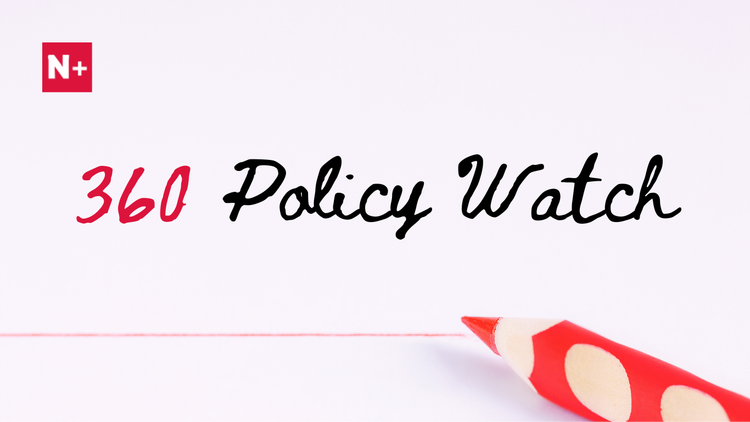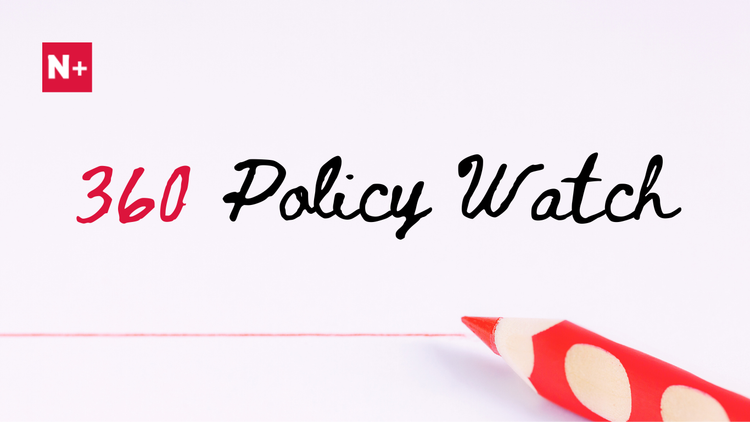Improving Access to Innovative Drugs: Can China’s Dual-Channel Policy Deliver?

To tackle the hospital formulary access issues faced by some NRDL-negotiated drugs, the National Healthcare Security Administration (NHSA) introduced the Dual-Channel Policy in May 2021, which aims to encourage the flow of prescriptions from hospitals to public insurance-designated retail pharmacies, thus, working around the "last-kilometer” problem.
The Dual-Channel Policy
Before implementing the Dual-Channel policy, patients in many regions of China may not be reimbursed by basic medical insurance (BMI) for drugs purchased outside of hospitals, even if those drugs were included in the National Reimbursement Drug List. This meant that unless a negotiated drug was listed on a hospital's formulary, patients might still encounter obstacles in accessing it.
The Dual-Channel policy tackles this issue by extending the same reimbursement coverage for drugs dispensed within hospitals to selected negotiated drugs dispensed at designated Direct-to-Patient (DTP) pharmacies. As a result, patients have the option to purchase these “Dual-Channel” drugs from designated DTP pharmacies and receive reimbursement from BMI, even if these drugs are not listed on a hospital's formulary.
Current State of Implementation
As of November 2022, the majority of provinces have implemented or experimented with the "Dual-Channel" policy, with 29 provinces publishing their Dual-Channel Drug Lists.
However, while the Dual-Channel Drug List continues to expand, there is a slower-than-anticipated flow of prescriptions from hospitals to DTP pharmacies.
Hospital Financial Concerns Persist
One key reason contributing to the slower flow of prescriptions is the inclusion of Dual-Channel drug expenses in hospitals' global budgets in certain regions, which raises concerns for prescribing physicians. This, combined with considerations surrounding zero drug markups and restrictions on the total number of drugs permitted on hospital formularies, has led some hospitals to exclude Dual-Channel drugs entirely from their formularies. As a result, the "Dual-Channel" approach has effectively transformed into a "One-Channel" approach, deviating from the original intent of the Dual-Channel policy.
To expedite the outflow of prescriptions, an increasing number of provinces are implementing pilot programs involving centralized online prescription platforms. These platforms make use of the national medical insurance information infrastructure and establish connections between BMI-designated hospitals and designated DTP pharmacies. Through the online platform, prescriptions written by physicians are automatically transmitted to the designated DTP pharmacies, which then fulfill the orders and receive payment from BMI simultaneously.
This is not the first instance in China where the "Internet of Things" has been utilized to drive healthcare reform and overcome “human” resistance. The question arises: Can technology replace policies addressing the root causes of resistance, or will it meet its limitations?
Selection Criteria for Dual-Channel Drug List
Another factor contributing to the slower flow is the selection criteria for the Dual-Channel Drug List. While provinces prioritize drugs with high clinical value, urgent patient needs, and limited treatment alternatives for inclusion in their Dual-Channel Drug Lists, in some regions, the selection process tends to focus on the latest batch of drugs, neglecting those negotiated in previous years. Consequently, only the latest batch of drugs is eligible for reimbursement through "Dual-Channel" pharmacies, while drugs from previous years do not qualify for the same benefits.
Outpatient Coverage Gap
NRDL-negotiated drugs used in outpatient settings fall under the coverage of BMI's outpatient programs.
Presently, various regions employ three primary outpatient schemes: pooled, chronic/severe disease, and specialty drug programs. The latter two provide enhanced protection for patients. However, if these two programs do not cover a disease or medication, reimbursement is obtained via the pooled scheme, generally resulting in lower reimbursements. Given the higher prices associated with Dual-Channel drugs, this can impose significant financial strain on patients, potentially jeopardizing their treatment continuity.
DTP Pharmacy Infrastructure Development
DTP pharmacies need to have adequate infrastructure to support the outflow of prescriptions. This includes information systems for electronic prescriptions and insurance settlement, cold chain storage, specialty drug delivery, and medication safety management. This is particularly crucial for NRDL-negotiated drugs, many of which are injectables.
As expected, both the number of Dual-Channel designated pharmacies and their capabilities still need improvement.
For instance, as previously mentioned, the establishment of a pharmacy system that connects with the basic medical insurance information platform and hospitals is crucial to facilitate the efficient outflow of prescriptions. However, the development of such a pharmacy information ecosystem in China is still limited to pilot programs in selected provinces currently.
Additionally, the evolving capabilities of DTP Pharmacies on specialty drug-related services have led to interim yet real issues for patients concerning the safe use of medications. For example, due to concerns about medication safety, some hospitals do not provide infusion services for injectables filled by DTP pharmacies. However, only a few DTP pharmacies in China currently offer onsite infusion services. This has left some patients facing challenges using some Dual-Channel drugs.
Pressure on DTP Pharmacy Operating Margin
Another consideration for the long-term success of the Dual-Channel Policy is the ability of DTP pharmacies to maintain a reasonable operating margin for their prescription drug businesses. To become an insurance-designated facility, DTP pharmacies must make significant investments in personnel, technology, and processes, all of which incur costs.
However, the current policy is to keep drug prices consistent between hospitals and DTP pharmacies, meaning zero drug markup for DTP pharmacies as well. In the long run, this can create similar financial pressures on DTP pharmacies, affecting their ability to effectively serve as a Dual-Channel partner.
Final Thoughts
While grappling with its implementation challenges and requiring additional refinement, the Dual-Channel Policy represents a significant step forward in addressing hospital listing issues faced by certain NRDL-negotiated drugs.
Nevertheless, the root cause of the challenges faced by certain NRDL-negotiated drugs in securing hospital formulary access in China rests within public hospitals' financing and management frameworks. To enhance the effectiveness of their policy solutions, policymakers should gradually introduce measures to address more fundamental issues regarding hospital financing and management.
References:
- RDPAC 历年国家医保谈判药品落地情况分析报告 December 2022
- 双通道”扩增 DTP药店承压-医药经济报, 医药经济报, 2023-2-27
- 多地建设省级处方流转平台,医药分开深化,院外市场加速“阳光化”, 医药经济报, 2023.06.09
- “双通道”门槛越来越高!药店真能赚钱吗?, 医药经济报, 2022-5-27





